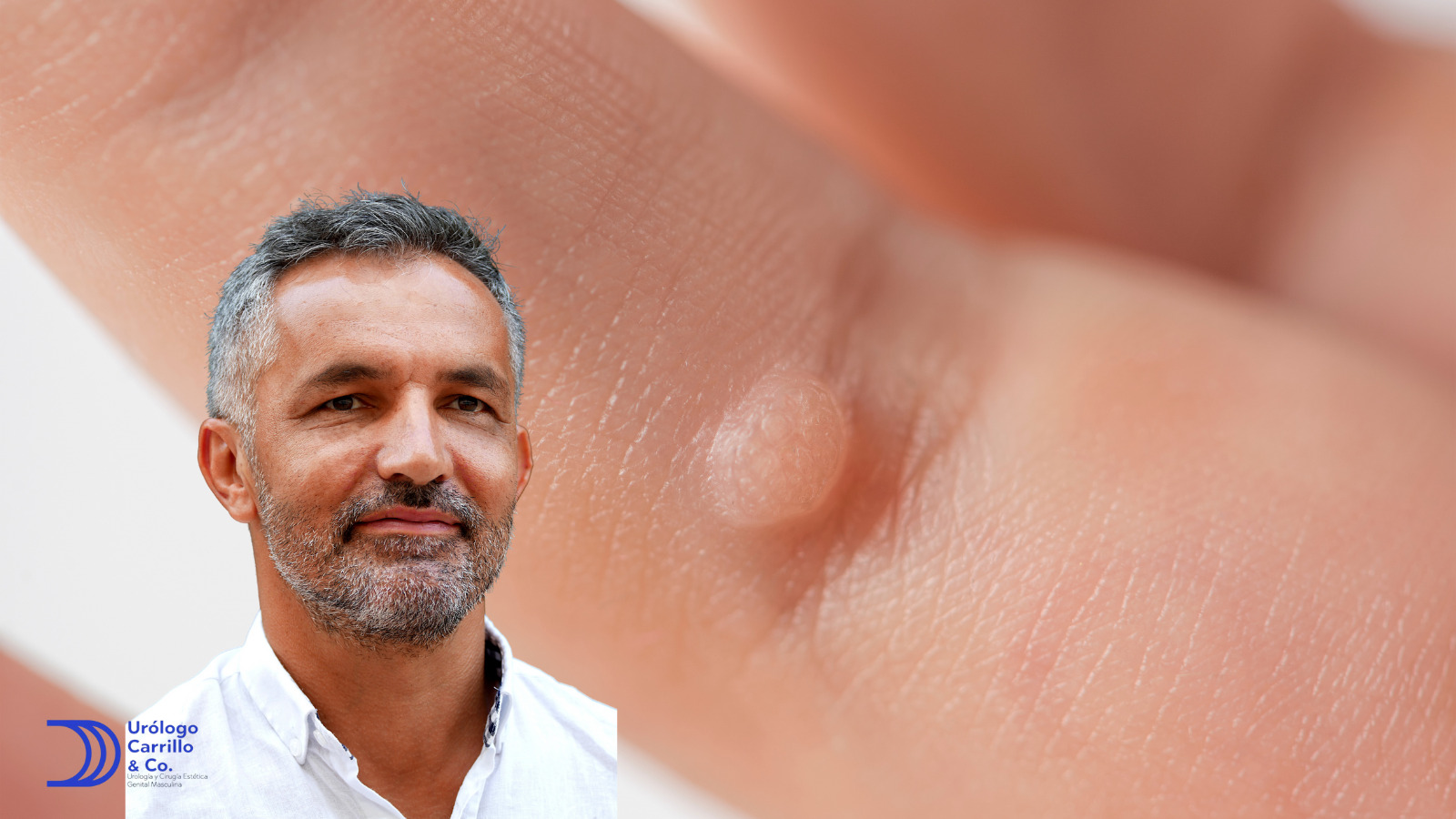
Vitiligo On Genitals: Understanding, Managing, And Finding Confidence
Hey there, folks. Let's dive straight into a topic that might not be the easiest to talk about, but it's super important for those dealing with it. Vitiligo on genitals is a condition that affects many people worldwide, yet it often goes unspoken. Whether you're newly diagnosed or have been living with it for years, this article aims to shed light on the subject and provide actionable insights. So, if you're ready to learn more, let's get started!
You're probably wondering why we're talking about this specific aspect of vitiligo. Well, it's simple. Vitiligo affects different parts of the body, and when it shows up in sensitive areas like the genitals, it can raise unique concerns. From emotional well-being to practical management, understanding vitiligo on this part of the body is crucial. Let's break it down step by step.
This isn't just another medical article; it's a guide designed to help you navigate your journey with vitiligo on the genitals. We'll cover everything from understanding the condition to managing symptoms and addressing psychological aspects. So, whether you're looking for answers or just want to feel more informed, you're in the right place.
Read also:Unlock Your Property Potential The Real Estate Learning Group
What Is Vitiligo and How Does It Affect the Genitals?
Vitiligo is a skin condition that causes loss of pigmentation, leading to white patches on the skin. While it can occur anywhere on the body, vitiligo on genitals is a specific concern for many. The skin around the genital area is delicate, and when vitiligo strikes here, it can feel overwhelming. But don't worry; we've got you covered.
Key Symptoms of Vitiligo on Genitals
Here are some common signs you might notice:
- White patches that appear on or around the genital area.
- Loss of color in pubic hair.
- Itching or discomfort in the affected area.
While these symptoms can vary from person to person, recognizing them early can help you seek the right treatment.
Causes of Vitiligo on Genitals
Now, let's talk about what causes vitiligo in the first place. While researchers are still uncovering the exact reasons, several factors come into play:
Genetic Factors
Studies suggest that genetics can increase the risk of developing vitiligo. If someone in your family has it, you might be more prone to it too.
Immune System Issues
Autoimmune conditions play a significant role. When your immune system mistakenly attacks healthy cells, it can lead to vitiligo.
Read also:Schaefer Center For The Performing Arts Boone Nc A Cultural Hub In The Heart Of The Blue Ridge Mountains
Remember, vitiligo isn't contagious, so don't let that worry you. It's all about understanding the underlying causes and managing them effectively.
Diagnosing Vitiligo on Genitals
Getting a proper diagnosis is the first step toward managing vitiligo. A dermatologist will likely perform a physical examination and may use tools like a Wood's lamp to check for patches. In some cases, a biopsy might be necessary to confirm the diagnosis.
Questions Your Doctor Might Ask
- When did you first notice the patches?
- Have you experienced any itching or discomfort?
- Is there a family history of vitiligo?
These questions help doctors understand your condition better and tailor a treatment plan just for you.
Treatment Options for Vitiligo on Genitals
Once diagnosed, the next step is figuring out the best treatment approach. While there's no cure for vitiligo, several options can help manage the condition:
Topical Treatments
Corticosteroid creams and calcineurin inhibitors are commonly prescribed to restore pigmentation. They work by reducing inflammation and stimulating melanocyte activity.
Light Therapy
Phototherapy using UVB light can be effective for some people. This treatment helps promote pigmentation in affected areas.
It's important to consult with your healthcare provider to determine which treatment suits you best. Everyone's journey with vitiligo is different, so personalized care is key.
Psychological Impact of Vitiligo on Genitals
We can't ignore the emotional side of living with vitiligo, especially when it affects intimate areas. Many people experience anxiety, low self-esteem, and even depression. It's crucial to address these feelings and seek support when needed.
Building Confidence
- Join support groups to connect with others who understand what you're going through.
- Speak to a therapist who specializes in body image and self-esteem issues.
- Focus on self-care and celebrate your uniqueness.
Remember, you're not alone. Millions of people worldwide live with vitiligo and lead fulfilling lives. It's all about finding what works for you and embracing your journey.
Lifestyle Changes to Manage Vitiligo
While medical treatments are essential, lifestyle changes can also make a big difference. Here are a few tips:
Dietary Adjustments
Some studies suggest that a nutrient-rich diet can support skin health. Incorporating foods high in vitamins and minerals, like leafy greens and citrus fruits, might help.
Protecting Your Skin
Use sunscreen religiously, even on areas with vitiligo. Sun exposure can worsen the condition, so staying protected is vital.
Small changes in your daily routine can go a long way in managing vitiligo and improving your overall well-being.
Frequently Asked Questions About Vitiligo on Genitals
Is Vitiligo Contagious?
No, vitiligo is not contagious. It's an autoimmune condition that affects the skin's pigmentation.
Can Vitiligo Spread to Other Parts of the Body?
Yes, it's possible for vitiligo to spread. However, the rate and extent of spreading vary from person to person.
Are There Natural Remedies for Vitiligo?
Some people find relief with natural remedies like herbal supplements and essential oils. However, always consult your doctor before trying anything new.
Resources and Support for People with Vitiligo
If you're looking for more information or support, here are a few resources to check out:
These organizations offer valuable insights, research updates, and community support for those living with vitiligo.
Conclusion: Embrace Your Journey with Vitiligo
Living with vitiligo on the genitals can be challenging, but it's not something you have to face alone. By understanding the condition, exploring treatment options, and seeking support, you can manage it effectively. Remember, your worth isn't defined by your skin. Embrace your uniqueness and take pride in who you are.
So, what's next? Leave a comment below sharing your thoughts or experiences. Spread the word about this article to help others who might be struggling. Together, we can create a more informed and supportive community for everyone dealing with vitiligo.
Table of Contents
- What Is Vitiligo and How Does It Affect the Genitals?
- Causes of Vitiligo on Genitals
- Diagnosing Vitiligo on Genitals
- Treatment Options for Vitiligo on Genitals
- Psychological Impact of Vitiligo on Genitals
- Lifestyle Changes to Manage Vitiligo
- Frequently Asked Questions About Vitiligo on Genitals
- Resources and Support for People with Vitiligo
- Conclusion: Embrace Your Journey with Vitiligo
That's a wrap, folks! Thanks for reading, and remember, you're stronger than you think. Keep shining!
Article Recommendations


